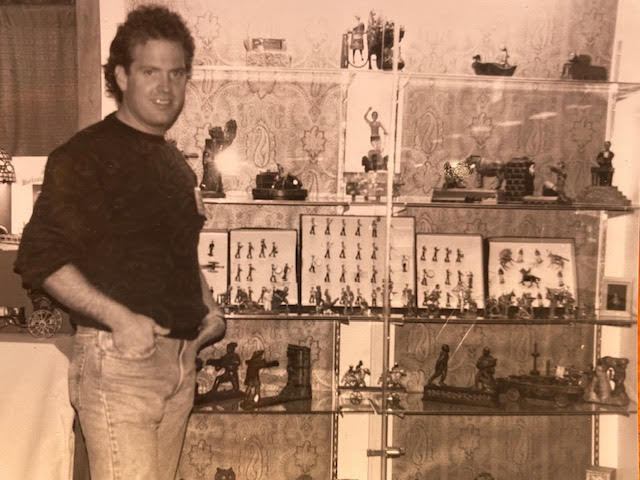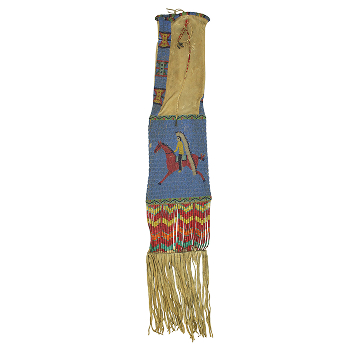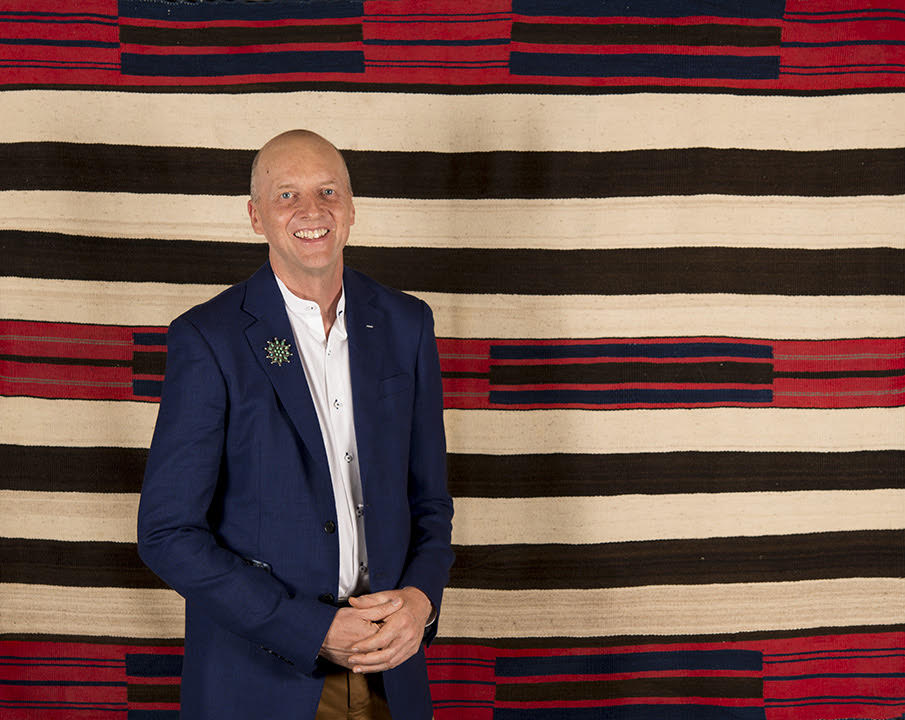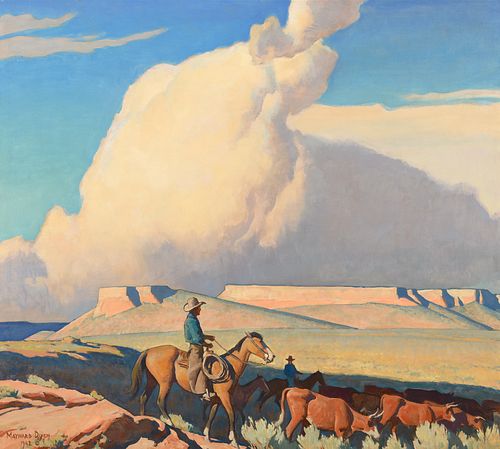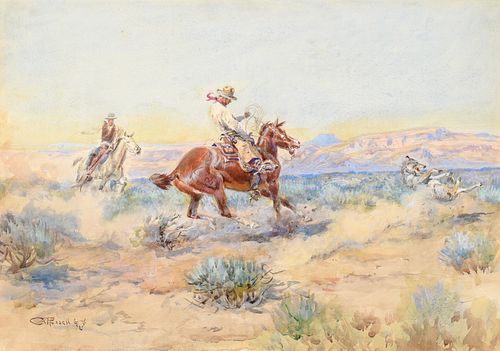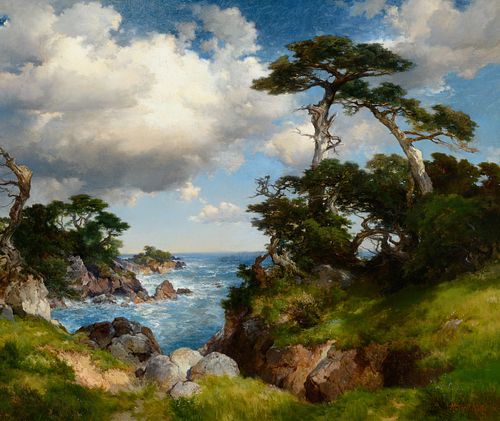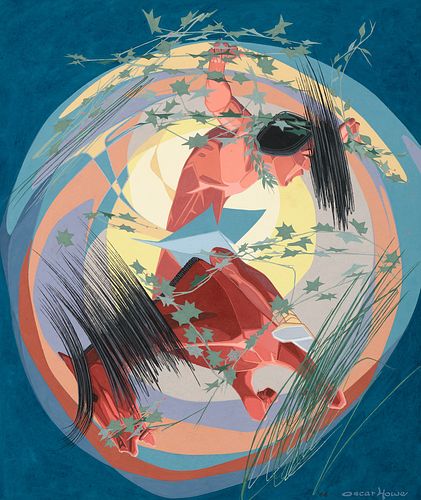With his monumental sculptures that cross the boundaries between kitsch and classical art, the consumer object and the sublime work, Jeff Koons disrupts conventions and challenges our perception of art. But behind this dazzling display lies the profound reflection on society, identity and communication between people.

What was your first meaningful experience as an artist?
I love the idea that art is something that can bring about transcendence. The first time I felt the strongest enlightenment was when I made my inflatable rabbit and flower. The bright pink of the rabbit, the green of the flower, the intensity of these colors and their reflection in the mirrors that I installed on the floor and the wall behind, created a different aspect of metaphysical time, because our vision perceives the reflection of the object slightly slower than the objects themselves. This was one of my first extremely powerful experiences. It occurred to me that I might have created something of social value.
What is the significance of these reflective surfaces?
In philosophy, “reflect” is the word most commonly used to refer to reflection, to self-reflection. When you look at a reflective surface, you’re automatically involved, you’re affirmed in that reflection. But to have a reflective surface, it has to be completely smooth. And when a surface is smooth, it’s very difficult for anything to adhere to it. On a psychological level, this allows the viewer to momentarily rid himself of any baggage he may be carrying around with him. The smooth, reflective surface helps them to free themselves, as it were.
Your Balloon Dog has become a veritable icon. Is it a commentary on the way our culture views objects?
It’s a comment on life, on art, on our perceptions and our means of communication. This balloon dog, with its imposing size, becomes mythical. Its 3-meter (9.8 ft) height and 4-meter (13.1 ft) width give it an almost legendary dimension, like the Trojan Horse in a way. There’s something equestrian about this work. It evokes an interior world, hidden information, a deeper meaning beneath the surface. It also links us to our human history. For me, the Balloon Dog is a ritual object. And what we’re celebrating today is, I hope, that same idea: for seventy-five thousand years, a community or tribe might have observed the killing of an animal, seen its intestines swell with gas, and said to themselves, “I can do something with this.” They would then have made a ritual object from this animal, a symbol charged with meaning, surrounded by a ceremonial. And that’s precisely what may be happening with this work today, but at a different time in human history.
For me, the Balloon Dog is a ritual object (…) Its 3-meter (9.8 ft) height and 4-meter (13.1 ft) width give it an almost legendary dimension, like the Trojan Horse in a way.

152.4 x 187.96 x 37.5 cm/ 60 x 74 x 14.76 in.
How do you choose which symbols or objects from popular culture to elevate to the status of works of art?
I only have my own life experience, the things that interest me, catch my eye and I want to work with due to the dislocation they can provoke, for the imagery or for something that intrigues me deeply. There are certain shapes, certain surfaces, certain materials to which I tend to return. But I’m always open to new materials. Over the years, I’ve worked with ready-made objects, but also with glass, plastic, wood, porcelain, steel and bronze. I make paintings, sculptures and engravings using many different materials.
What does beauty mean to you?
For me, beauty is understanding, knowledge and information. When I think of beauty, when I think of art, I think of Titian… I love Titian because his work is about our biology as human beings and how our bodies and information systems work. And if you look closely at how abstractly the work is painted, and how our own minds have to fill in the information, you’ll understand that this is the central part of the work. So I think the beauty of the biological world, of our inner world, in harmony with the outer world, is the most beautiful thing. Another example is Pontormo’s Deposition, a magnificent painting that never stops changing. I’m also thinking of works by Raphael and Michelangelo, as well as contemporary art. True beauty is a perception of possibilities: those that we can discover for ourselves, those that this information can also transmit to a community for the greater good of all.
You are, by the way, a great collector of masterpieces, but also of contemporary art. You even live with these works…
Indeed, as I also create in our time, I have a few contemporary works that I live with, but very few. And I’ll continue to live with them, but I enjoy the aspect of traveling back in time and connecting with what life was like in Manet‘s time, or what it might have meant to be Manet. I became interested in collecting art because I wanted to free my children and family from the constant presence of my work. That’s why we don’t live with any of my work. We only have a print on the third floor of the house. This way, when my children think of art, they think of something much bigger. Picasso and Courbet come to mind, and that’s fantastic.
You are a member of the jury for the Creativity for Social Change Prize, created in 2025 on the initiative of the Democracy and Culture Foundation and the Moleskine Corporate Foundation. The prize, which celebrates the work of artists committed to their communities, was inaugurated at the Art for Tomorrow conference in Milan in May 2025. What is the social role of art for you?
Art, all art, all human activity, is a form of graffiti, of artistic experience, of life. I’ve always liked the American philosopher John Dewey. According to him, if we consider communication at the most elementary level, we’re talking about a single-celled organism that, influenced by its environment, changes and, once different, affects its environment in turn. This back-and-forth is a true form of communication. It is what we experience as individuals: every gesture we make is a form of graffiti, a mark we place on our world, an expression of our experience. Our whole life, everything we record, everything that defines our existence, comes from these gestures, these imprints that we leave on our environment and that the environment leaves on us. That’s what art is.
Also read The Observatory: Jeff Koons, back on the throne thanks to vendor fees

81.3 x 63.5 x 48.3 cm/ 32 x 25 x 19 in.
JEFF KOONS
in 5 dates
1955
Born in York, Pennsylvania
1986
“The New”, first solo exhibition at New Museum of Contemporary Art (New York)
1993
Begins his “Celebration” series, comprising over thirty monumental sculptures and paintings
2013
Record sale of Balloon Dog (Orange), auctioned for $58.4M (Christie’s New York)
2014-2015
Retrospective at the Centre Pompidou

